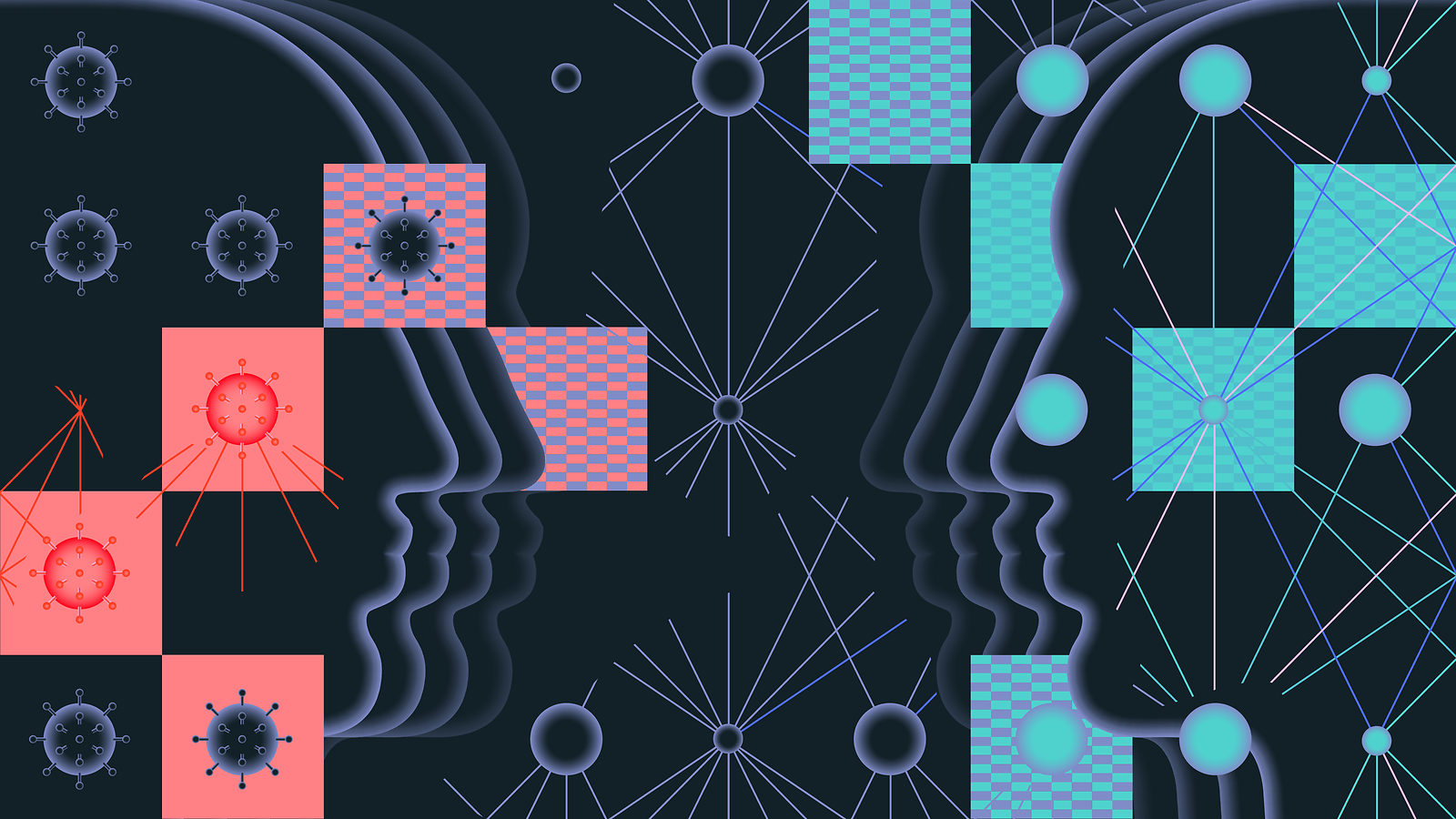Biomedical researchers are racing to understand the virus that causes COVID-19, to evaluate its spread, and to develop tests, treatments and vaccines.
Physicists are volunteering to assist in these efforts, using their skills in data analytics, machine learning, simulation, software, computing, hardware development and project management. And an organization called Science Responds is helping to match them with projects that need their support.
As Savannah Thais, a postdoctoral researcher in high-energy physics and a co-founder of Science Responds, reported at the April meeting of the American Physical Society, physicists are assisting with a variety of types of projects, divided into the following categories:
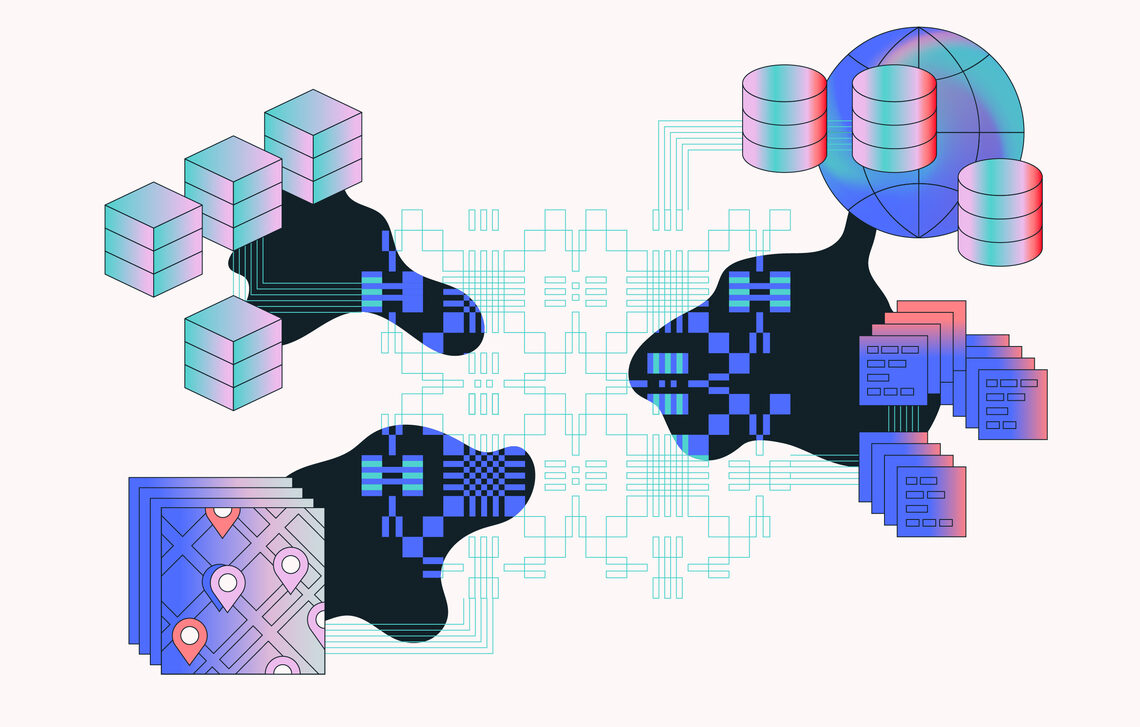
Epidemiology
Epidemiology is the branch of medical science that studies public health problems and events in order to understand what causes them, how they are distributed among populations and possible ways to control them. Epidemiologists investigate diverse problems including pollution, foodborne illnesses, natural disasters and infectious diseases such as COVID-19.
Science Responds is connecting physicists with epidemiological projects that are working to model how the virus that causes COVID-19 might spread. Physicists hope to help address a major challenge that the experts making these models face: trying to incorporate data from a multitude of dissimilar sources.
Thais says physicists have the background and experience needed to provide epidemiologists this kind of support.
“We don’t think physicists should be building their own epidemiological models from scratch, because they don’t have the domain expertise of an epidemiologist or biologist about infectious diseases,” she says. But “physicists can be most effective by providing their computing and statistics skills to interdisciplinary research.”
One epidemiology project Science Responds encourages volunteers to join is HealthMap, which displays data about COVID-19 cases across the globe over time via a website and mobile app. HealthMap integrates and filters data from diverse, publicly available sources—including online news aggregators and reports from governments and agencies such as the World Health Organization—and then creates intuitive visualizations of the state of the outbreak by location.
Other modeling projects use analyses of the genomic features of previously studied viruses to help estimate unreported COVID-19 cases; integrate health and hospital resource data to inform localized risk predictions; and incorporate information from previous animal and human outbreaks to improve model accuracy.
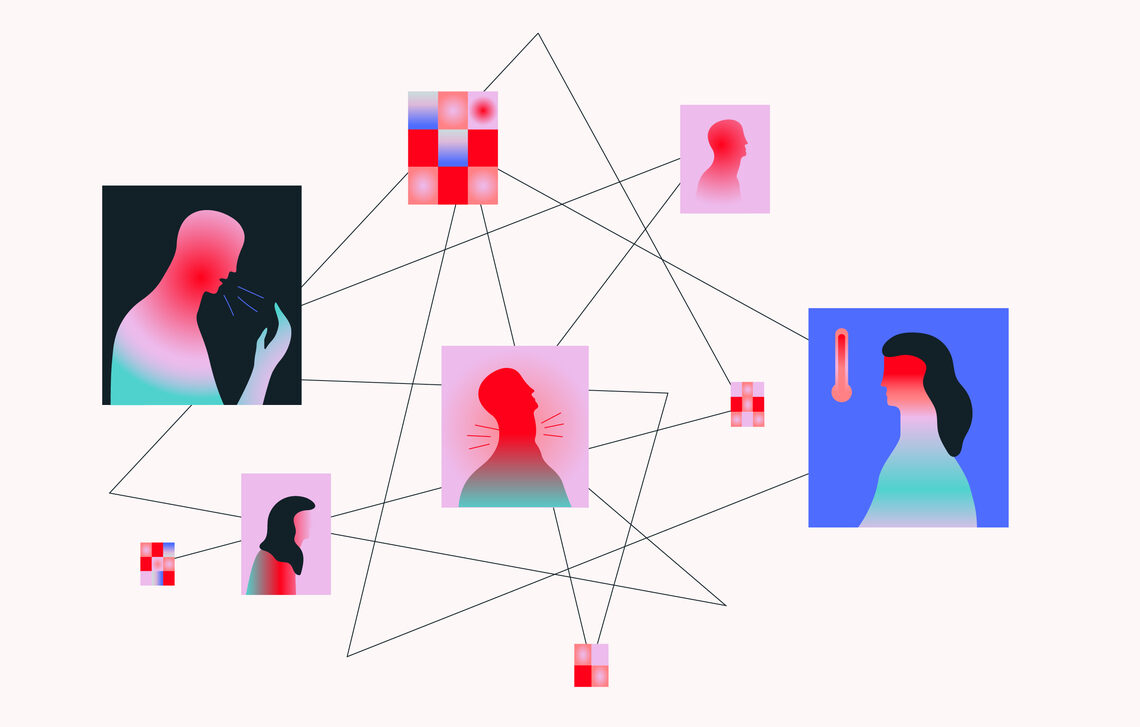
Diagnosis
An important part of dealing with an epidemic is determining who has the disease, but shortages of testing supplies have made diagnosis a challenge. Science Responds promotes projects that are trying to address this gap in different ways.
Some projects use artificial intelligence to process visual or audio data. The project CAD4COVID, for example, builds off existing technology that has been highly successful in diagnosing tuberculosis through the analysis of chest X-rays. The project COVID Voice Detector, on the other hand, is collecting audio recordings to develop an AI that can recognize signs of COVID-19 infection in a person’s voice.
Other projects are building tools to predict who is likely to experience the most severe effects of COVID-19. These machine-learning-based efforts identify indicators such as markers that appear in blood tests or specific features from lung biopsies to predict the likelihood of long-term hospitalization or death.

Treatments and cures
The race to develop COVID-19 vaccines and treatments begins with understanding the physical structure of the virus. On this front, Science Responds collaborators are providing key support for an effort called Folding@Home, which uses computer simulations to map out the proteins the SARS-CoV-2 virus uses to reproduce and suppress the immune system. Physicists are helping to develop the protein-folding simulations, but they are also playing a pivotal role in looking for help from anyone with a computer that Folding@Home can use to run folding simulations remotely.
In addition, physicists are helping process the massive amount of data related to the SARS-CoV-2 genome. They’re hoping to identify molecules that are important to the growth and spread of the virus and to understand its mutations.
Science Responds collaborators are also aiding efforts to use machine learning to identify drugs that could be repurposed to treat COVID-19. For example, they are using natural-language-processing algorithms to comb through a massive database of scholarly articles, called CORD-19, for relevant ideas. Other projects are using deep-learning-based models with existing data to predict how commercially available drugs will interact with the virus.
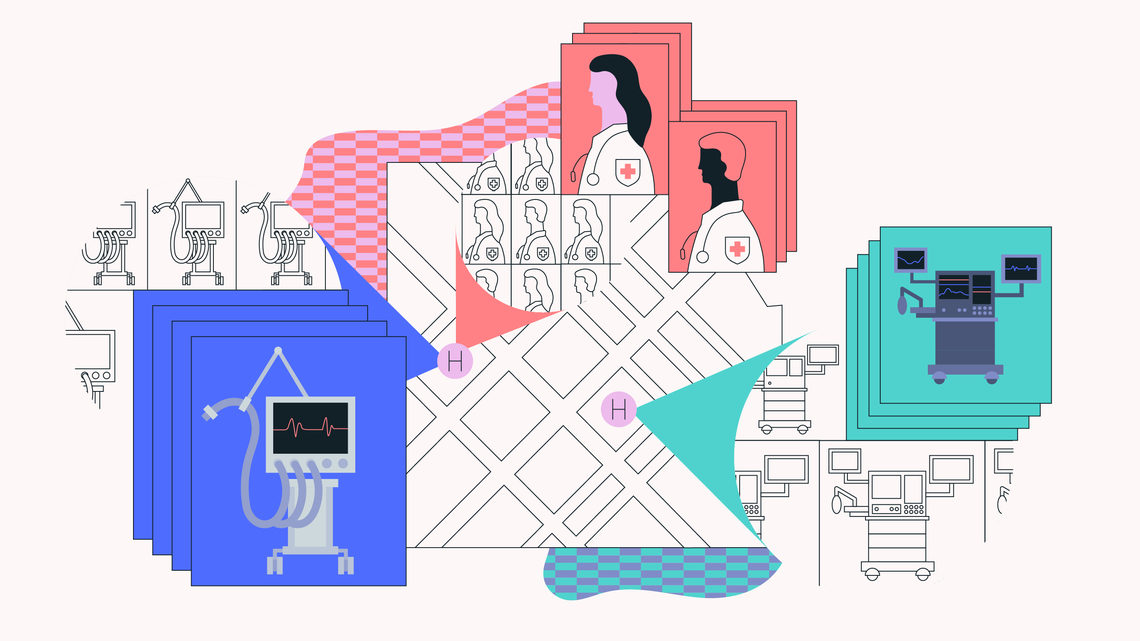
Supporting hospitals and healthcare systems
Science Responds participants are volunteering on projects to support first responders who are providing medical care to COVID-19 patients. These efforts include developing models to help predict hospital overload and to allow for the sharing of resources such as mechanical ventilators and personal protective equipment.
One example is the CHIME project, which gathers information on hospital resources and predicts when the needs of patients will exceed an institution’s capacity. CHIME has already been deployed in the University of Pennsylvania Health System.
Another project in this area is COVID Care Map, which is using open-source data to map existing supplies of hospital beds, ventilators and other resources needed to care for COVID-19 patients such as available staff.
Other projects highlighted by Science Responds are aimed at improving telehealth. Enhanced at-home care could reduce the spread of COVID-19 by eliminating unnecessary hospital visits and improving access to care for rural areas.
Researchers are helping to develop AI-based chatbots that can be used to assess possible infections, educate people and call on human care providers when necessary. Other projects are working to combine in-home sensors and cameras with AI-assisted technologies to remotely monitor health.
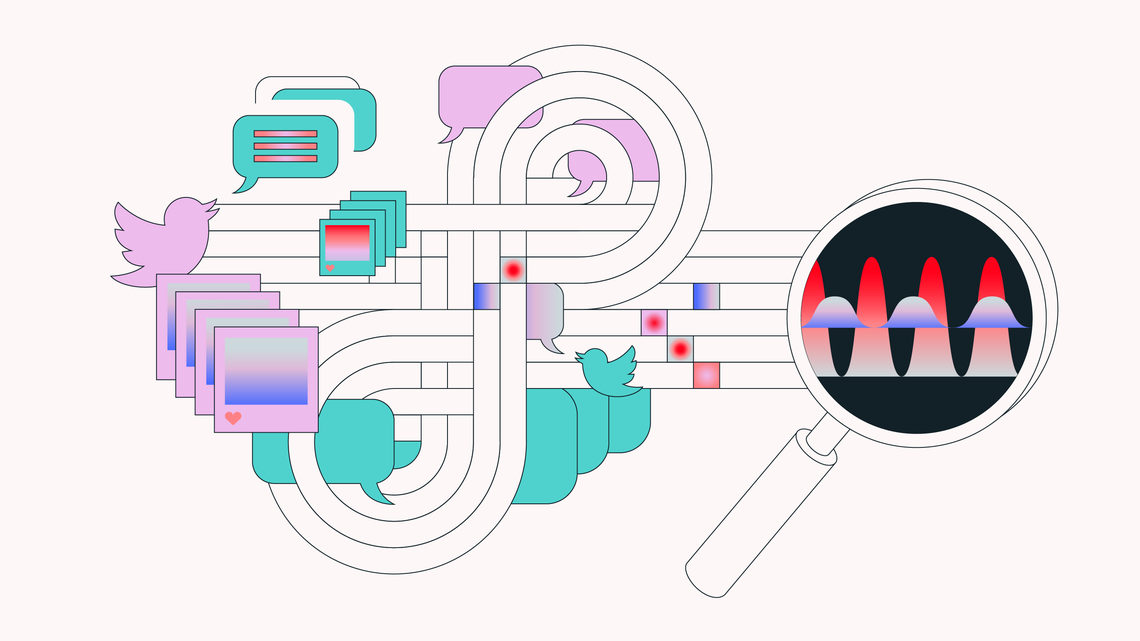
Socio-economic response
Finally, Science Responds volunteers are also working to address what they call “second-order effects,” not directly related to healthcare.
Some projects deal with infodemiology, research into what we can learn from user-contributed, health-related content on the internet. Researchers are analyzing millions of real-time tweets related to COVID-19 to answer questions like: How are people reacting to the outbreak? How is Twitter being used to pass on vital information?
Physicists with data-analysis and data-engineering expertise can volunteer for projects aimed at bringing attention to at-risk populations. Thais leads a project that is developing a COVID-19 Vulnerability Index, an AI-based predictive model used to identify communities at high risk of socio-economic and health impacts associated with the spread of COVID-19.
The index looks at a wide range of measures, such as whether community members have access to home Wi-Fi, whether they are affected by non-COVID health issues such as diabetes, and whether healthcare resources are available to them.
Are you a physicist looking to volunteer? Thais recommends checking out the Science Responds website, which lists projects organized by their required skills, highlights available data sources, computing resources and funding opportunities, and provides instructions for getting connected.



